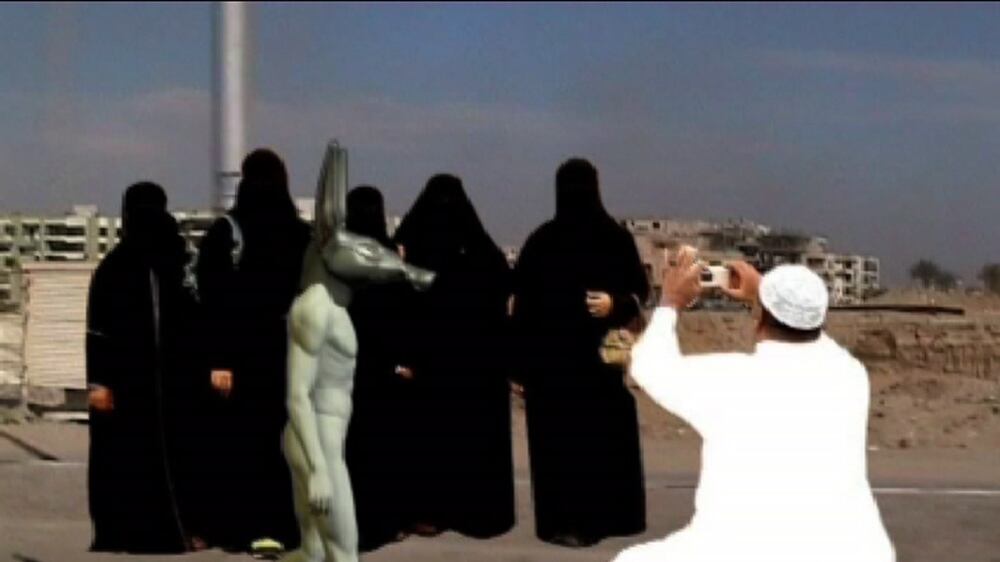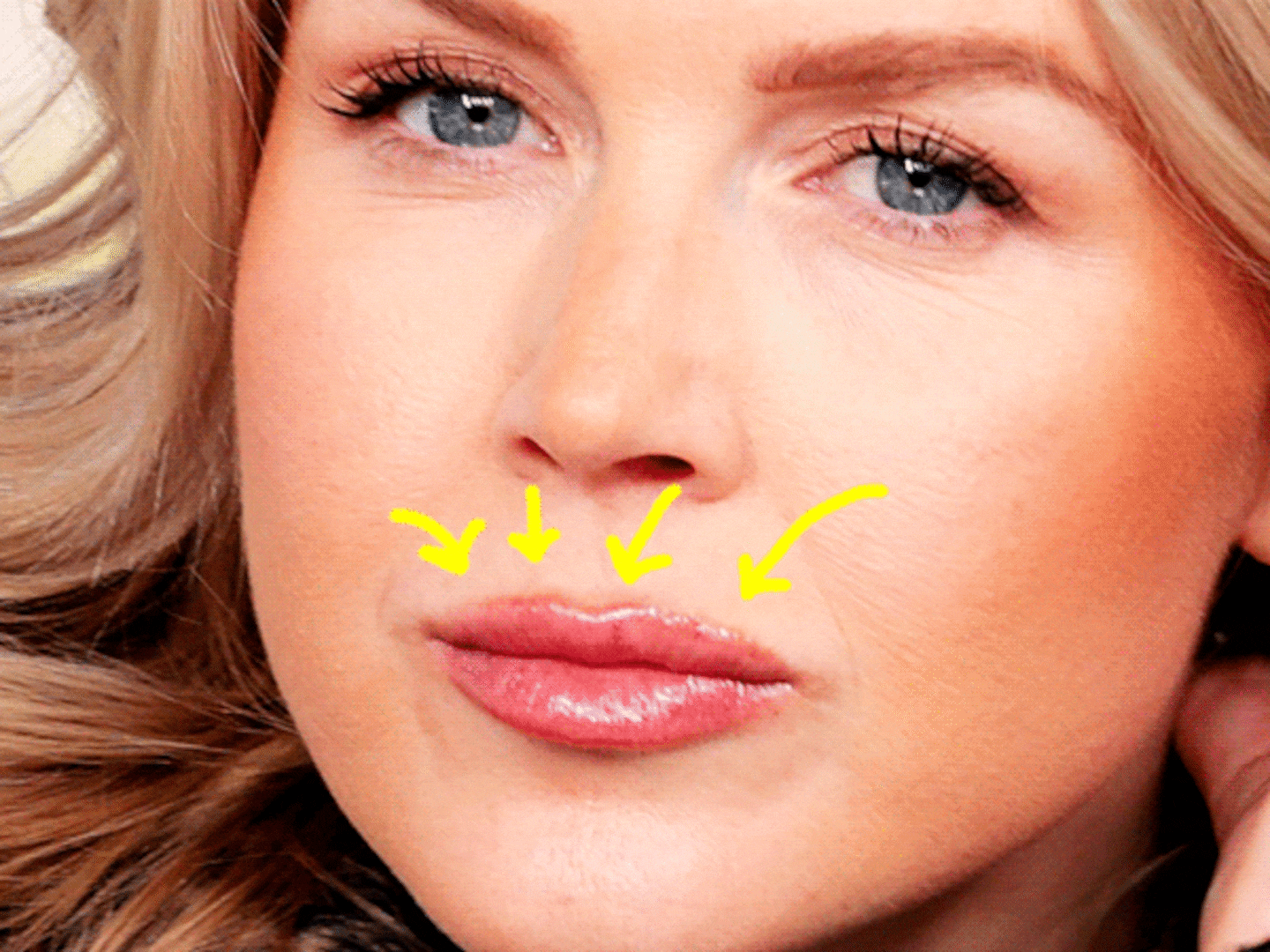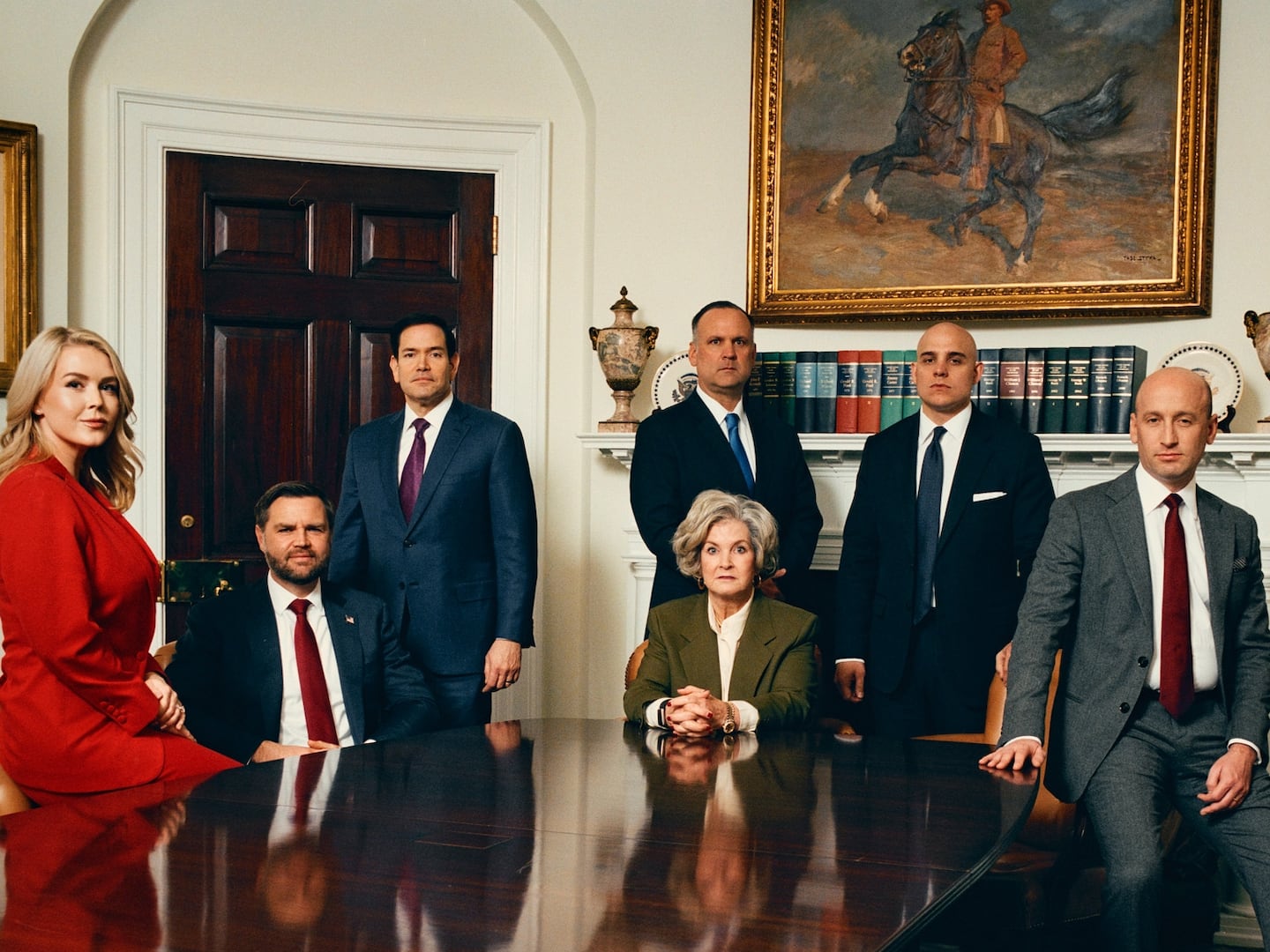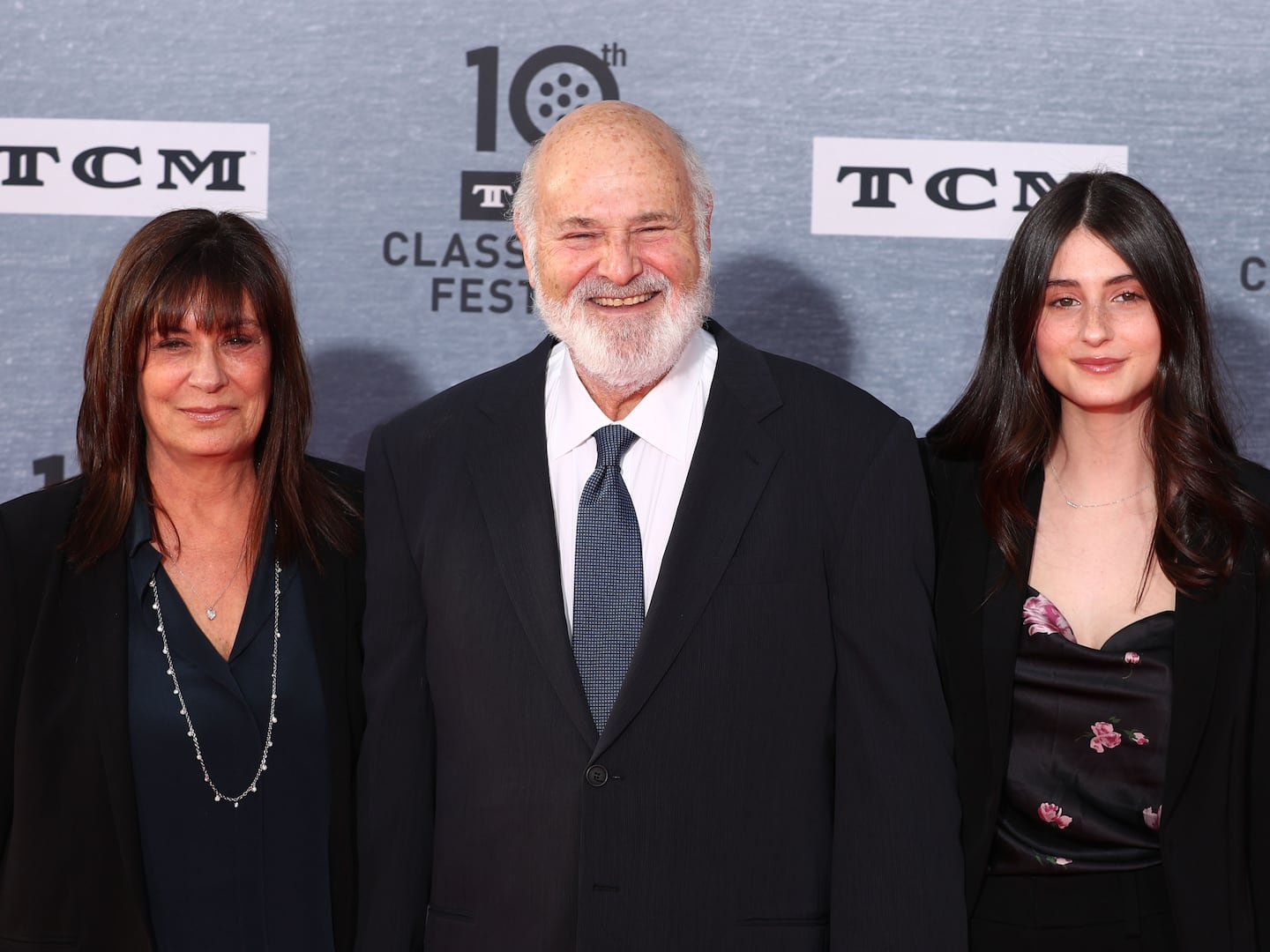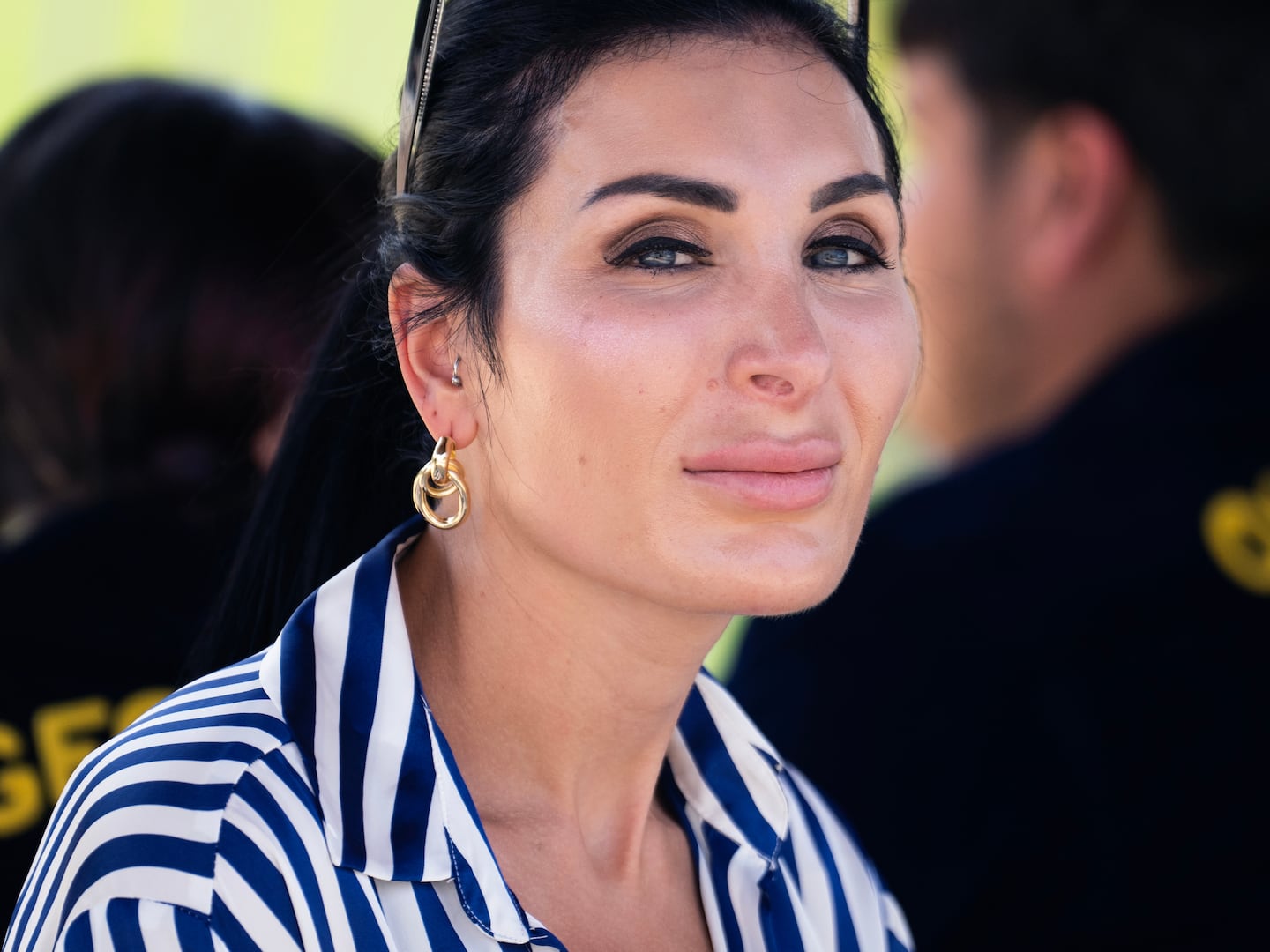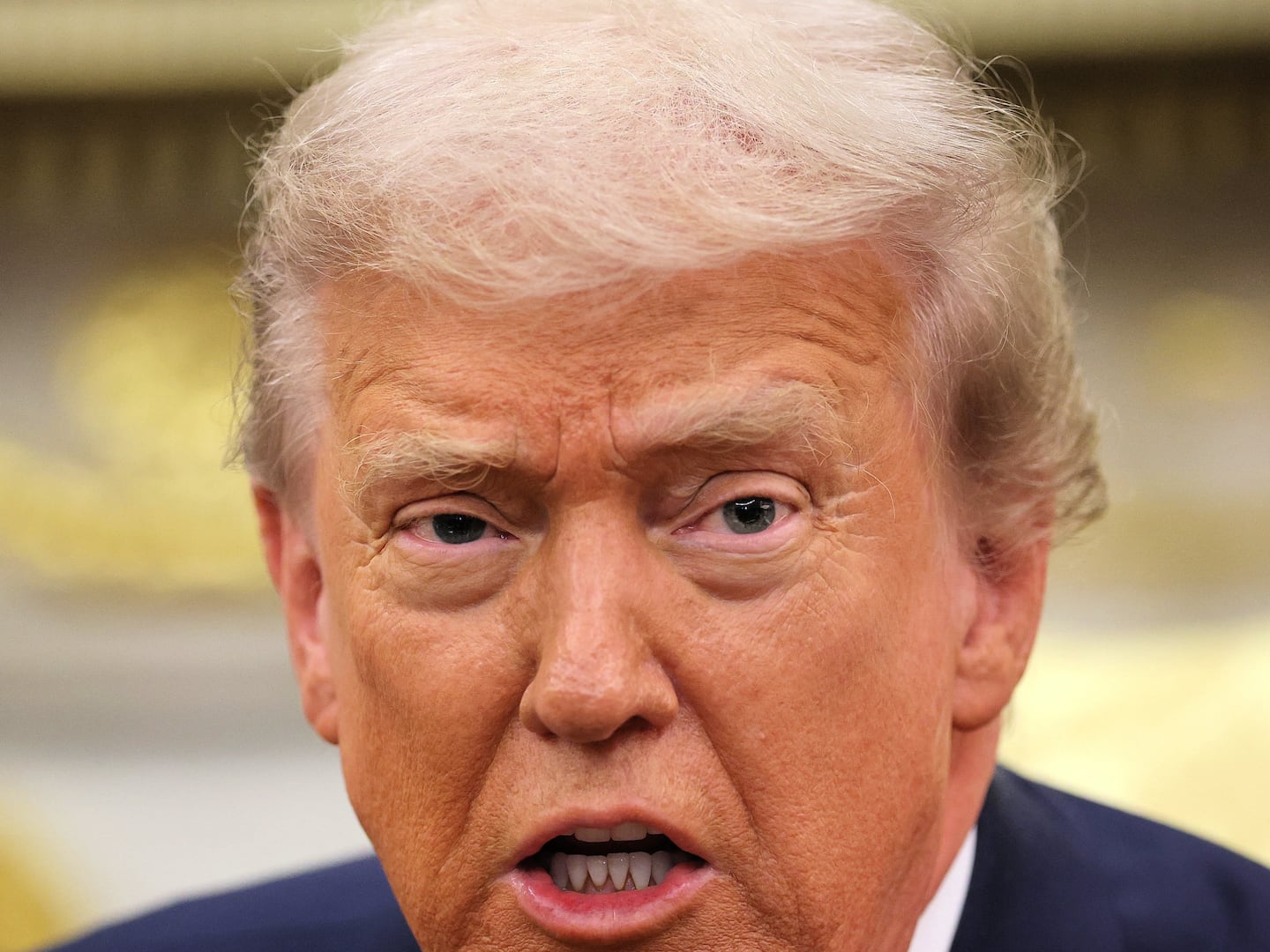BetweenLord Byron’s ecstatic Orientalism, with its colorful harems andwhirling dervishes, and the more recent Western views of the MiddleEast, with their mostly blinkered focus on images of conflict orrapturous oil wealth, the Arab world as seen and decoded by Arab eyesstill seems amazingly absent from the Occidental gallery, especiallythe American one. The upcoming Fotofest photography biennial, whichwill take place in early 2014 in Houston, will offer Americans aserious opportunity to become familiar with this important andwell-established body of work by contemporary Arab photographers.
Thisedition of Fotofest, its fifteenth, is titled View From Inside:Contemporary Arab Video, Photography and Mixed Media Art. Itbrings together the largest and broadest exhibition of contemporaryArab photographic art yet seen in the United States. Founded in 1983by the dynamic husband-wife team Wendy Watriss and Fred Baldwin,Fotofest has developed into one of America’s most valuable culturalexchanges. Many consider it to be the most important photo biennial.
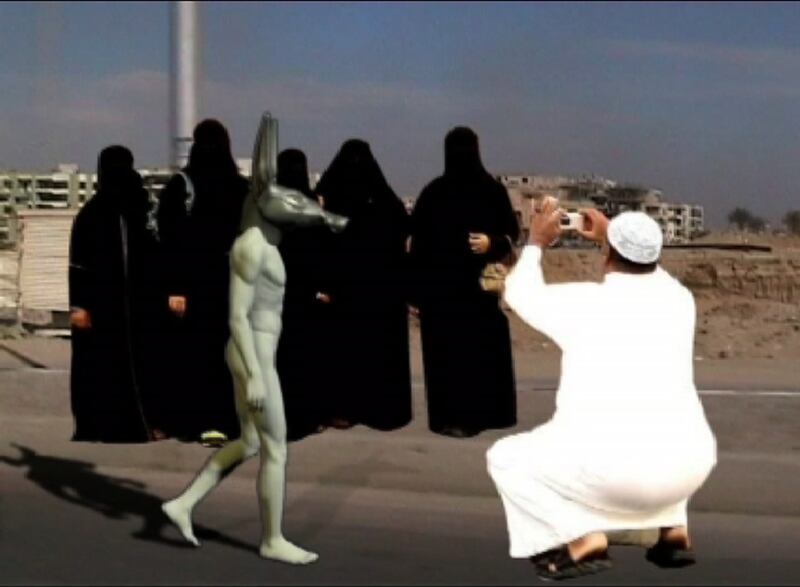
Workingwith top experts and fueled by a seemingly insatiable drive forcollaboration and education, Fotofest provides a deeply engagedcommitment to each biennial’s chosen theme. Most often, Watriss andBaldwin remain invested in the artists, curators and regions theyhave worked with long after any one exhibition, developing permanentand meaningful ties.
Forthis showcasing of contemporary Arab photography, Fotofest joinedforces with renowned contemporary Arab art expert Karin Adrian vonRoques. Fifteen years ago, von Roques undertook a survey of 100leading gallery owners at the big art fairs, including Art Basel,asking why they do not represent Arab artists in their programs. Thesurvey results inspired her to direct the art world towards moremeaningful engagement with Arab artists.
Morerecently, some major European galleries and dealers have added tothis gathering momentum. Over the past decade there have been severalimportant shows at the British Museum, Modern Art Oxford, and theSaatchi Gallery in London. The Victoria and Albert and the BritishMuseums received a grant in 2009 to form a joint collection ofcontemporary Middle Eastern photography, with the V&A receivinganother grant in 2012 for more acquisitions.
The American art world has lagged far behind its British counterparts. In 2006, MoMA presented Without Boundary: 17 Ways of Looking, a survey of artists from across the Muslim world. But this was an exception, and it was not specifically about Arab art. Until now, there have been almost no contemporary major shows devoted specifically to contemporary Arab art and photography. Persian art has, on the other hand, figured prominently in major American collections for many years. These exhibitions have quite possibly diverted attention away from contemporary art in the rest of the region.
Perhapsto ensure the impact of this opportunity, Watriss has concentrated onestablished artists, rather than providing a platform for the up andcoming.
“Outof the 47 artists, probably only six have been shown in the UnitedStates,” Watriss told the Daily Beast. “But they are leadingartists in the region and we felt it was important to show the bestand to show what the region itself offers. Not to try and find theyoungest discoveries, just at this point to show the best.”
Spanning the last two decades, the roughly 700 works works range in theme from recentpolitical changes, to desert as metaphor, manifestations of faith ineveryday life, East-West relationships during colonization, anddiaspora and estrangement— including Arab diasporas within the MiddleEast itself, as in the case of the many Arabs who have migrated to the Gulf region in search of employment. Of course, the recent political upheavals,especially in Egypt, spurred an even greater outpouring of creativeenergy in the photographic arts. Among the 47 artists are at least10 whose work directly engages with the revolutions and otherconflicts that more commonly spark the media’s interest, such asIsrael and Palestine.
Perhapsmost interesting are the artists who guide with a softer hand,inviting you into their space, beyond the heady revolutionary air orimages of stifling repression. The Saudi artist, Manal Al Dowayan's portraits of Saudi women, play with the notion of the veil and hintat its role, but also highlight its coexistence with the proud andregal stature of the women portrayed. The portraits’ formalistsettings also tacitly address the Orientalist aesthetic that soseduced the European Romantics and made them dream, paint and writeof incense and kohl.
These artists offer an invaluableportal to seeing and understanding the fabric of their world anew. AsWatriss put it, “What I find is kind of a deep attachment andcommitment and ability to critique their own culture…but thiscritique is being presented and created by people who are veryattached to their world. It is work that gets deep inside theskin of itself.”

